38 how to calculate unsaturated fat on food label
› article › 244686-how-toHow to Calculate the Fat Percentage in Daily Food Intake Limit your intake of saturated fat, found in meat and full-fat dairy, to 5 to 6 percent of total calories since it is more likely to contribute to health problems, including heart disease. The rest of your fat intake should come from unsaturated fats found in foods such as fatty fish, olive oil, avocado and nuts. How Do You Calculate Unsaturated Fat On Food Labels? Multiply the grams of saturated fat by 9 = (xx) the number of saturated fat calories in the food item. b. Divide (xx) the number of saturated fat calories in the food item by the total number of calories in the food item = % of saturated fat. 1) Fat - 3 x 9 = 27 fat calories; 27/90 = 30% total fat.
Nutritional Calculations : How to Read Fat Grams on Food Labels Food labels give you the number of fat grams, calories from fat, carbohydrates and proteins in foods, but you must know how to read and interpret these numbe...

How to calculate unsaturated fat on food label
Food Labels: Fat & Cholesterol | Home & Garden Information Center When comparing food labels, combine the grams (g) of saturated fat and trans fat, then choose the food with the lower combined amount. Look for the lowest % Daily Value for cholesterol, also. Ingredients List: When a food is made with more than one ingredient, an ingredients list is required on the label. Ingredients are listed in order by weight, with the greatest amount listed first and the least amount last. How to Understand and Use the Nutrition Facts Label | FDA - U.S. Food ... That is two times the calories and nutrients shown in the sample label, so you would need to double the nutrient and calorie amounts, as well as the %DVs, to see what you are getting in two... Fat Content on Food Labels - Reading Between the Lines The Mayo Foundation continued, "Still, you may be able to tell if a product contains trans fat, even if it's not directly listed on the food label. Look for the words ' hydrogenated ' or 'partially hydrogenated' in the list of ingredients. These terms indicate that the product contains trans fat. However, you won't be able to tell ...
How to calculate unsaturated fat on food label. en.wikipedia.org › wiki › Vitamin_EVitamin E - Wikipedia Vitamin E is a group of eight fat soluble compounds that include four tocopherols and four tocotrienols. Vitamin E deficiency, which is rare and usually due to an underlying problem with digesting dietary fat rather than from a diet low in vitamin E, can cause nerve problems. › 44090147 › Cambridge(PDF) Cambridge International AS and A Level Biology ... BIO1: Maintaining a Balance 1. Most organisms are active in a limited temperature range IDENTIFY THE ROLE OF ENZYMES IN METABOLISM, DESCRIBE THEIR CHEMICAL COMPOSITION AND USE A SIMPLE MODEL TO DESCRIBE THEIR SPECIFICITY ON SUBSTRATES Where is unsaturated fat on a food label? How do you calculate fat on a food label? Multiply the grams of saturated fat by 9 = (xx)the number of saturated fat calories in the food item. b. Divide (xx) the number of saturated fat calories in the food item by the total number of calories in the food item = % of saturated fat. 1) Fat - 3 x 9 = 27 fat calories; 27/90 = 30% total fat. › createJoin LiveJournal Password requirements: 6 to 30 characters long; ASCII characters only (characters found on a standard US keyboard); must contain at least 4 different symbols;
PDF How to calculate Fat, Saturated Fat and Sugar content How to calculate Fat, Saturated Fat and Sugar content 1) Fat: a. Multiply the grams of fat by 9* = (x) the number of fat calories. b. Divide (x) the number of fat calories by the total number of calories in the food item = % fat content. * 1 gram of fat contains 9 calories (kcal) Where Is Unsaturated Fat On A Food Label? - On Secret Hunt Unsaturated fat is liquid at room temperature. It is mostly in oils from plants. If you eat unsaturated fat instead of saturated fat, it may help improve your cholesterol levels. What are examples of saturated fats? Saturated fat is found in: butter, ghee, suet, lard, coconut oil and palm oil. cakes. biscuits. fatty cuts of meat. sausages. bacon. How to Calculate % of Daily Value on Food Labels | livestrong 01:28 Step 1 Find the nutrient amount on the food label. Step 2 Look up the total daily recommended amount in the USDA Dietary Guidelines. Step 3 Divide the nutrient amount by the total daily recommended value. Step 4 Multiply by 100. Things You'll Need United States Department of Agriculture (USDA) Dietary Guidelines Food label Calculator Tip Reading Food Labels (for Parents) - Nemours KidsHealth Percent daily value is most useful for seeing whether a food is high or low in nutrients: A food with 5% or less of a nutrient is low in that nutrient. A food with 10%-19% of a nutrient is a good source of that nutrient. A food with 20% or more of a nutrient is high in that nutrient. The information on food labels is based on an average diet ...
How Do They Calculate Calories on Food Labels? 5 grams of fat (5 x 9 = 45 calories) 22 grams of carbohydrate (22 x 4 = 88 calories) 2 grams of protein (2 x 4 = 8) ...should contain approximately 140 calories. It's important to recognize that 4-9-4 is an average, and not an exact amount. For example, 1 gram of fat in one food may yield 8.34 calories while 1 gram of fat from another food ... Food labels - NHS How do I know if a food is high in fat, saturated fat, sugar or salt? There are guidelines to tell you if a food is high in fat, saturated fat, salt, sugar or not. These are: Total fat. High: more than 17.5g of fat per 100g Low: 3g of fat or less per 100g. Saturated fat. High: more than 5g of saturated fat per 100g Low: 1.5g of saturated fat or less per 100g › Calculate-Carbs3 Ways to Calculate Carbs - wikiHow Mar 18, 2022 · To calculate the grams of carbs in your food based on the weight, you need to know two things: the weight of the food item; and the "factor" for that food item. There is a different factor for each type of food (e.g. bread has a factor of 15, which means there are 15 grams of carbs for every ounce of bread). [2] Looking at labels - British Nutrition Foundation The table below shows how high, medium and low levels of fat, saturates, total sugars and salt in foods are classified for front of pack labels (there are different levels for drinks). These levels have been decided by the UK government. The 'per portion' in red is used where portions are 250g or more.
How to Read Food Labels for Fats and Oils A Note on Ingredient Lists. Fats and oils can come from many sources, like animal fats, fish, seeds, plants, and nuts. Reading the ingredient lists on products will reveal the source of the fat. For oils and fats ingredient lists, fats and oils are referred to by their common names (e.g., "beef fat," "cottonseed oil").
What Are the Fats Not Listed on Nutrition Labels? - SFGATE Polyunsaturated fats are the second type of fat you usually won't see on the nutrition facts label. Just like the monounsaturated fats, polyunsaturated fats reduce your risk of cardiovascular disease by lowering levels of cholesterol. They also help prevent blood clots and irregular heartbeat. The best-known polyunsaturated fats, omega-3 ...
How to Calculate Calories From Saturated Fats | livestrong If there are saturated fats in the product, you can find the amount directly under the listing for total fat, calculated in grams. Step 2 Multiply the number of grams of saturated fat by nine, because there are nine calories in every gram of fat.
Where is unsaturated fat on a food label? - born.alfa145.com Multiply the grams of saturated fat by 9 = (xx) the number of saturated fat calories in the food item. b. Divide (xx) the number of saturated fat calories in the food item by the total number of calories in the food item = % of saturated fat. 1) Fat - 3 x 9 = 27 fat calories; 27/90 = 30% total fat.
healthyeating.sfgate.com › convert-fat-gramsHow to Convert Fat Grams to Calories | Healthy Eating | SF Gate Dec 06, 2018 · Each macronutrient (fat, protein and carbohydrates) packs a set number of calories per gram. When it comes to fat, each gram yields 9 calories of energy. So to find out how many calories come from fat, simply multiply the fat grams by 9. If you're looking at a serving of ice cream that contains 15 grams of fat, you'd have:
Nutritional Calculations : How to Calculate the Fat Percentage in Daily ... To see whether your diet provides the right ratios and kinds of fats you need, keep a food diary and either check the food labels or look up each food on the...
How to Find the Percentage of Total Fat by Gram Weight on a Food Label ... Start With the Label Take a look at the nutrition facts label. It'll tell you how many grams of fat are present in one serving, and will usually break that amount down into separate...
Do Saturated Fats & Unsaturated Fats Equal Total Fats on Nutrition Labels? So, if a serving of your favorite cookies has 0.49g of transfat, saturated fat or unsaturated fat - just 0.01g away from the 0.5g threshold - the manufacturer can label it as containing 0g...
Reading a Food Label - Beaumont Health A one-percent reduction of saturated fat in your diet reduces your heart disease risk by three percent. Keep saturated fat to less then 15 grams per day. It is not required to list unsaturated fats (polyunsaturated and monounsaturated) on food labels. In general, unsaturated fats lower cholesterol. The healthiest unsaturated fat is canola oil.
How do you calculate grams of fat per serving? - TeachersCollegesj How do you calculate unsaturated fat on food labels? To calculate unsaturated fat, subtract the grams of saturated fat and trans fat from the grams of total fat. Eating more than 20 grams of saturated fat daily increases your risk of heart disease, certain cancers, and high blood pressure. TIP: Avoid trans fats and limit saturated fat.
How to Calculate Fat Percentages - Quick and Dirty Tips To calculate the fat percentage, you could simply divide the number of fat grams by the serving size grams. Let's take this Nutrition Facts label from some roasted turkey as an example. A serving is 28 grams and it contains 1 g of fat. Divide 1 by 28 to get 0.03. The meat is 3% fat-or 97% fat-free. Featured on QDT Powered By
› science-fair-projectsHow Much Fat is in Your Food? | Science Project Calculate the fat percentage that you extracted for each food and each trial. To do this, divide the mass difference before and after extraction by the mass of the crushed food and multiply this number by 100. Write down your results in the data table. Note: You can calculate the extracted fat percentage two ways:
Daily Value on the New Nutrition and Supplement Facts Labels Use %DV to determine if a serving of the food is high or low in an individual nutrient. As a general guide: 5% DV or less of a nutrient per serving is considered low.
Interpreting Total Fat and Types of Fat on Food Labels - Nina Cherie ... Now, at the end of the day, since all high-fat foods tend to drive up calorie counts, it's typically recommended that you limit your intake of total fat to 25-35% of your daily calories. Of this amount, saturated fats and trans fats should comprise less than 7-10% and no more than 1%, respectively. At the very least, following these ...
Fat Content on Food Labels - Reading Between the Lines The Mayo Foundation continued, "Still, you may be able to tell if a product contains trans fat, even if it's not directly listed on the food label. Look for the words ' hydrogenated ' or 'partially hydrogenated' in the list of ingredients. These terms indicate that the product contains trans fat. However, you won't be able to tell ...
How to Understand and Use the Nutrition Facts Label | FDA - U.S. Food ... That is two times the calories and nutrients shown in the sample label, so you would need to double the nutrient and calorie amounts, as well as the %DVs, to see what you are getting in two...
Food Labels: Fat & Cholesterol | Home & Garden Information Center When comparing food labels, combine the grams (g) of saturated fat and trans fat, then choose the food with the lower combined amount. Look for the lowest % Daily Value for cholesterol, also. Ingredients List: When a food is made with more than one ingredient, an ingredients list is required on the label. Ingredients are listed in order by weight, with the greatest amount listed first and the least amount last.

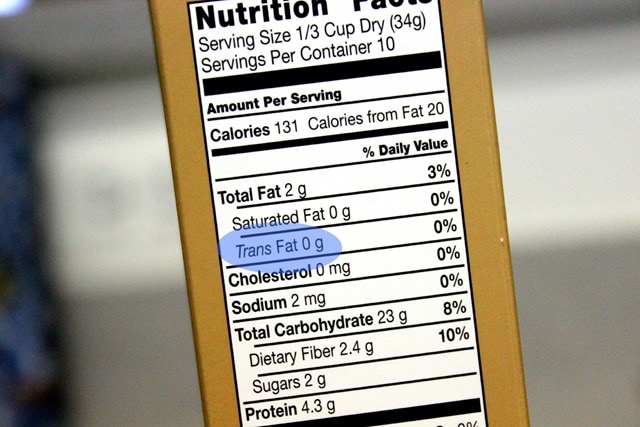


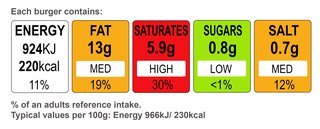
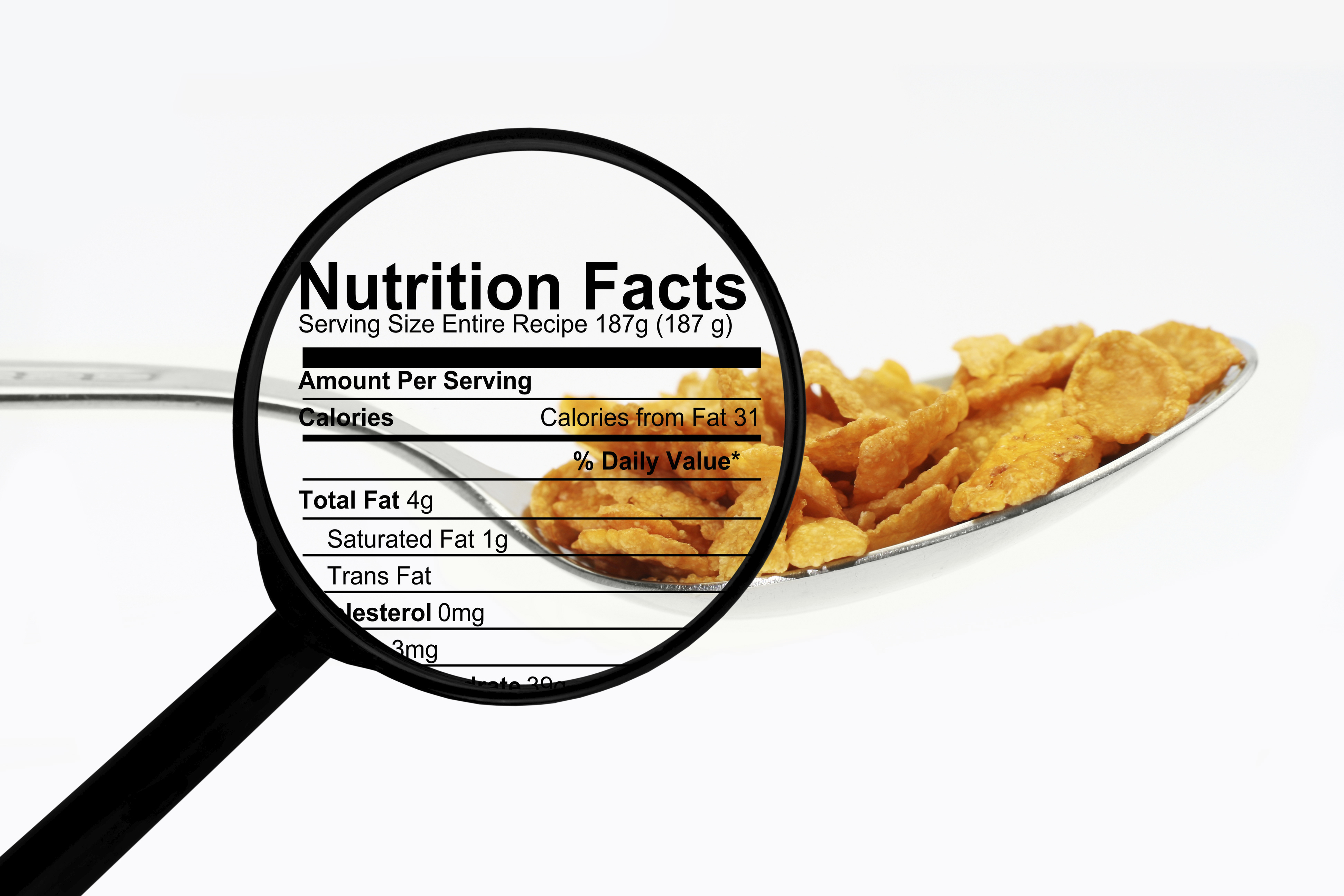
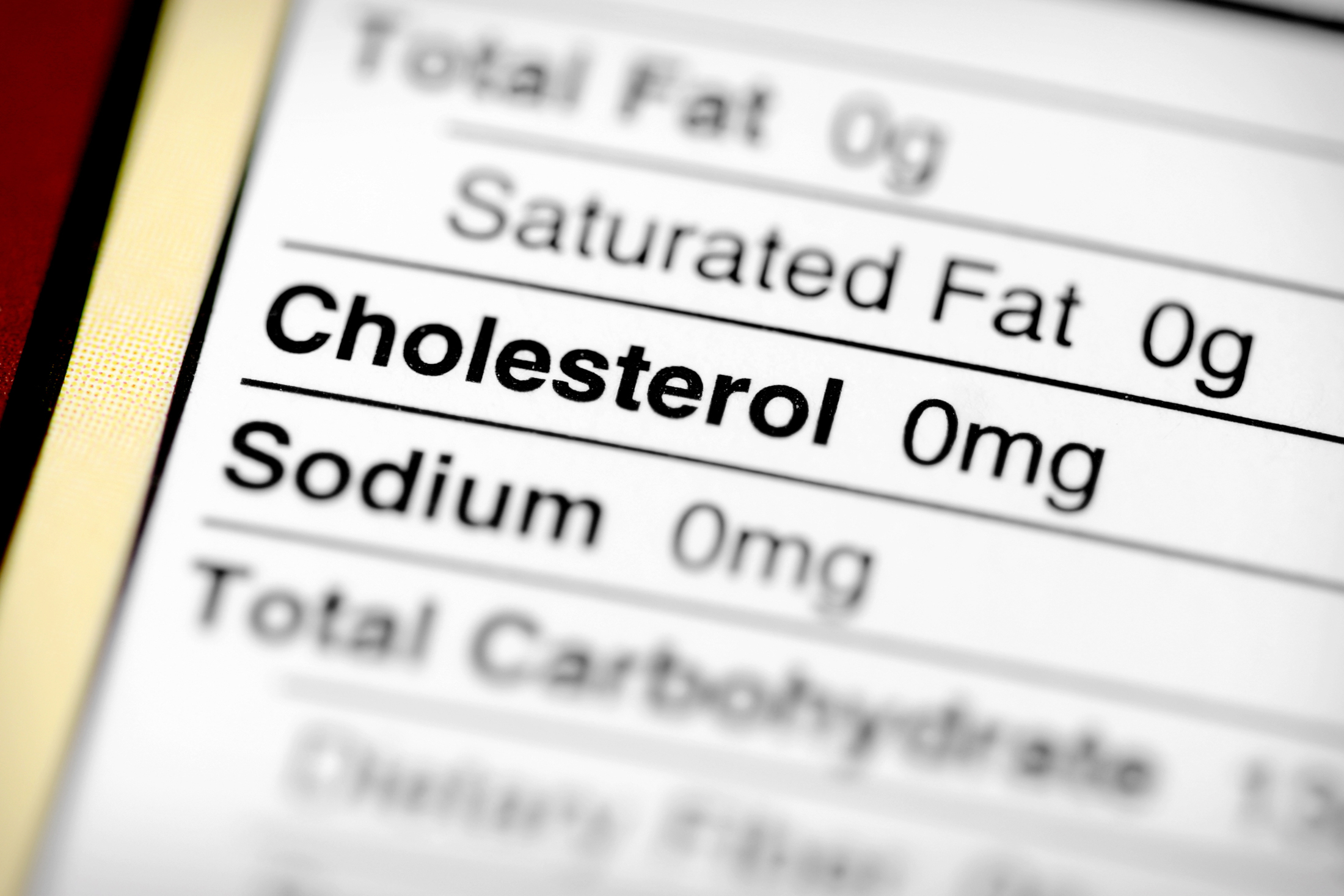

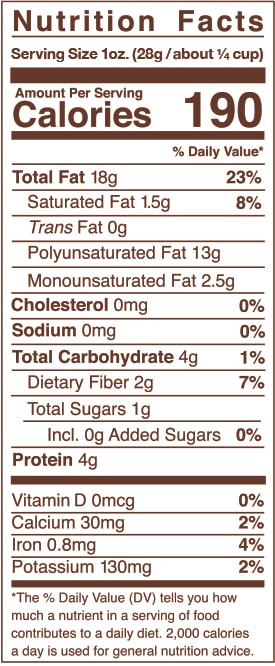

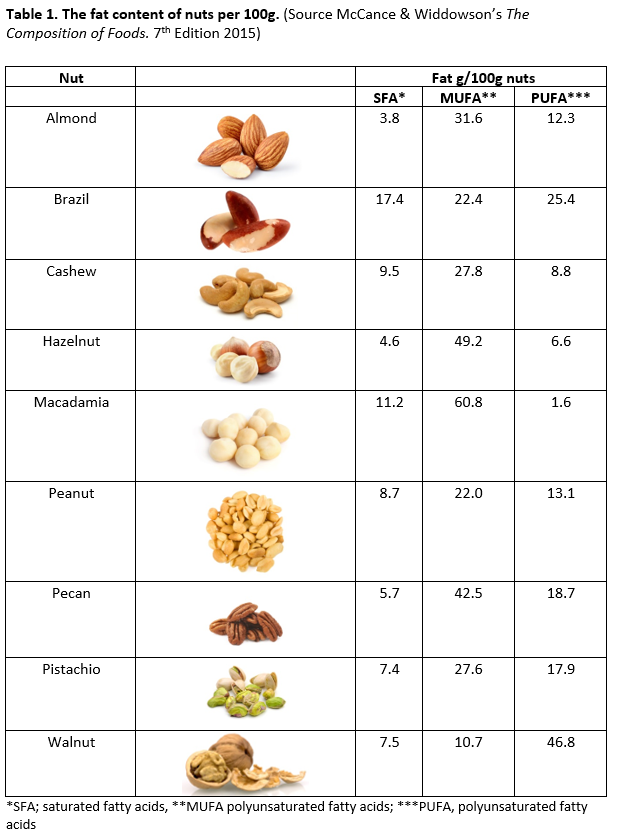
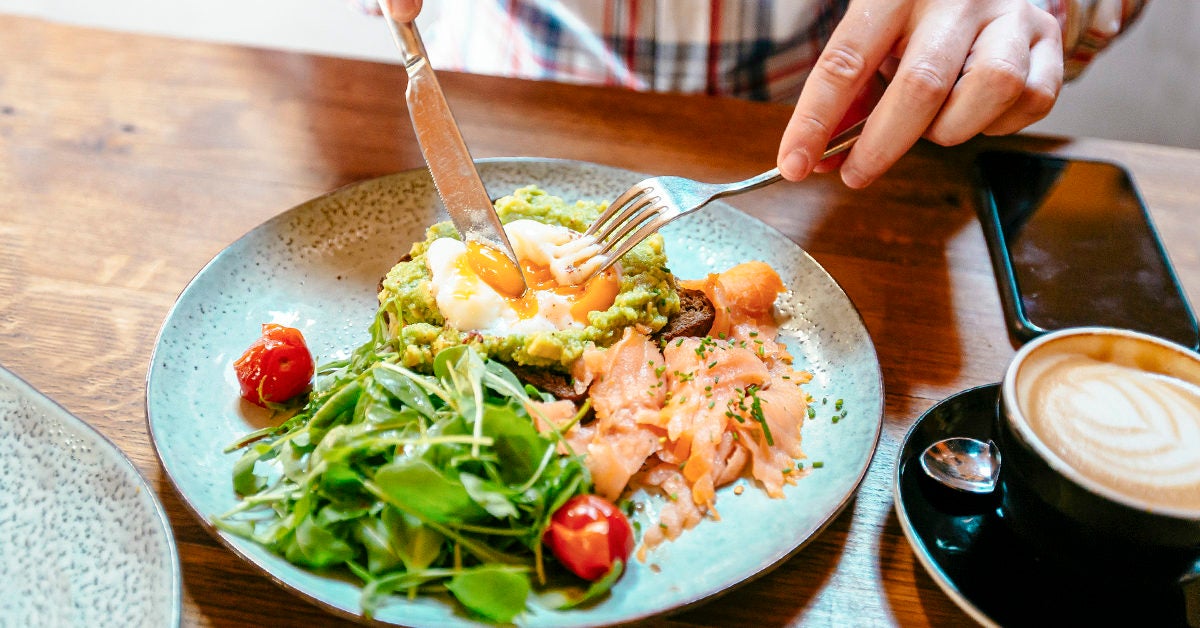
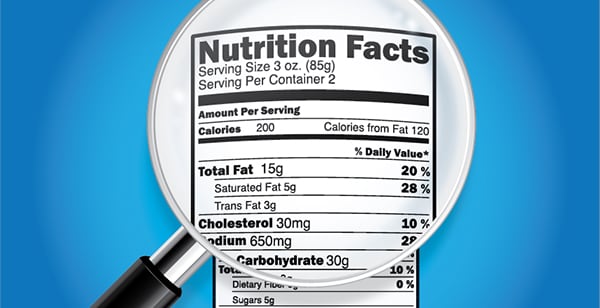


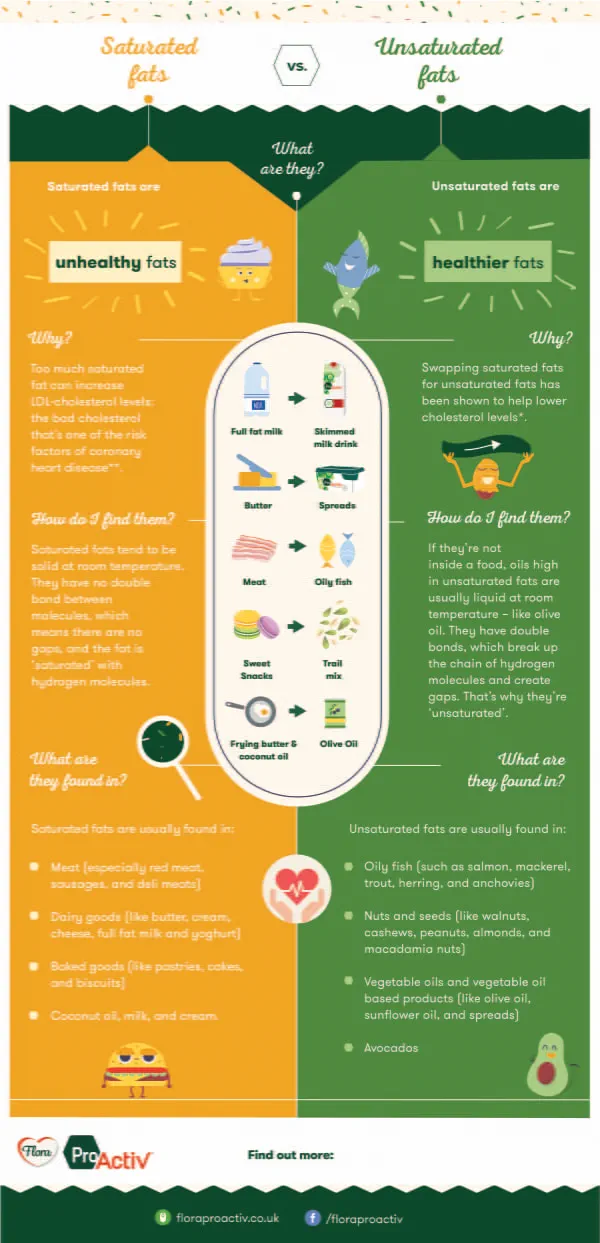


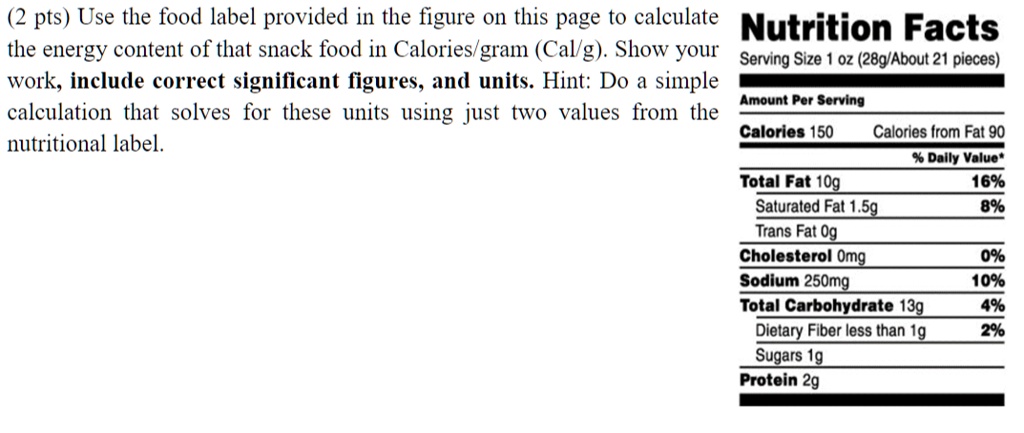


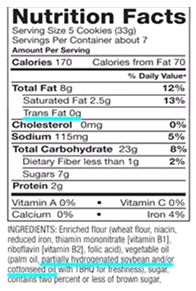
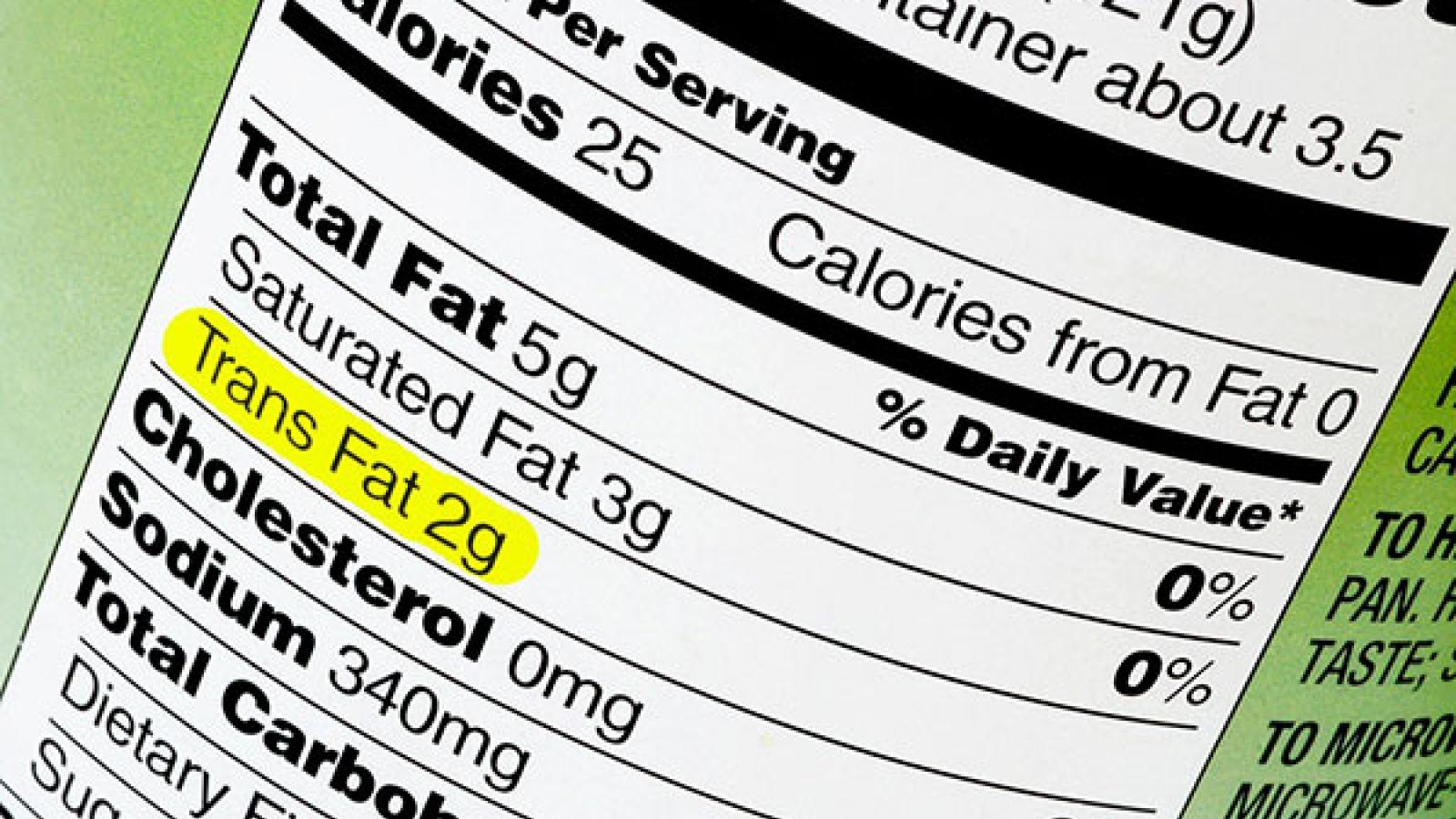
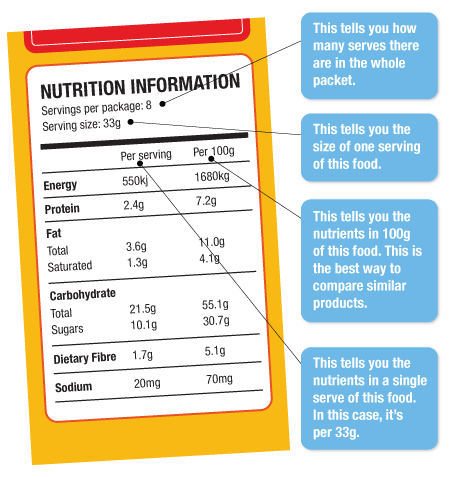

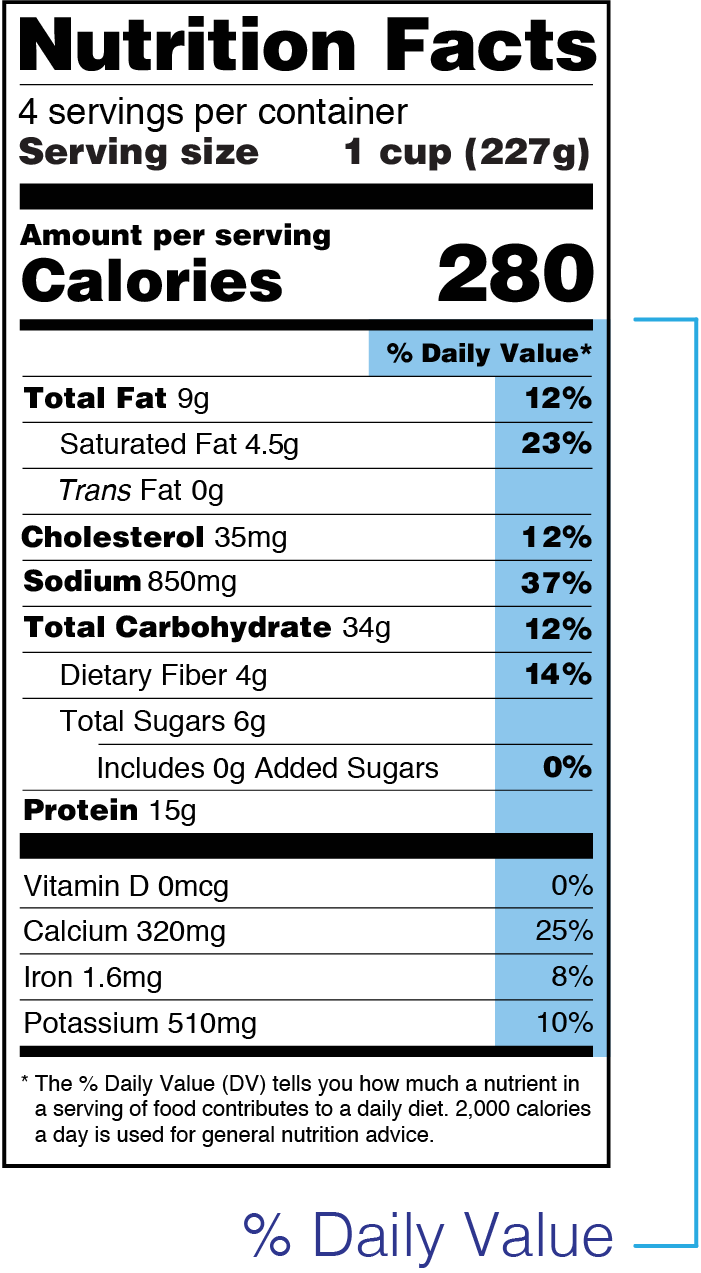


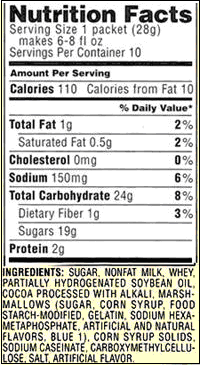
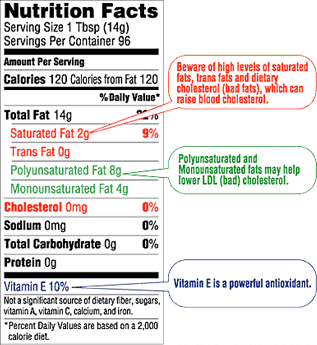

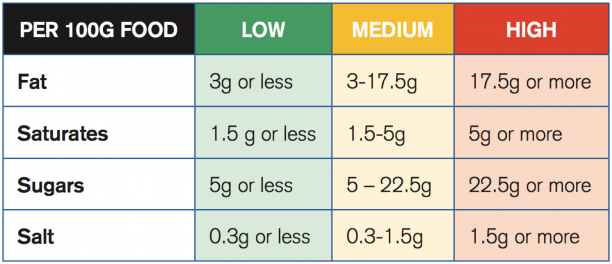
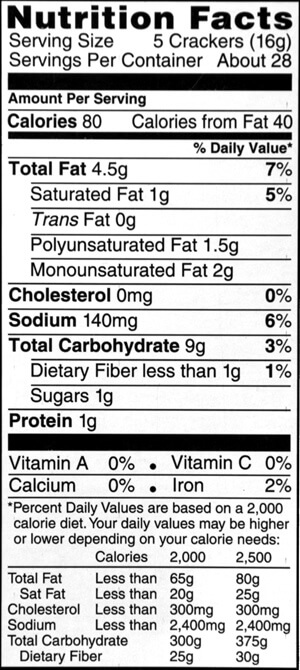
Komentar
Posting Komentar